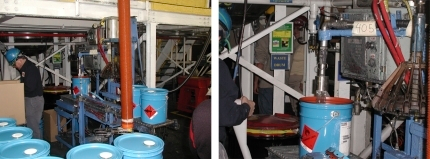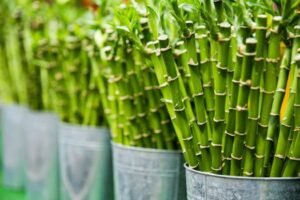Introduction
When someone gets diagnosed with autoimmune disease/arthritis, common questions what are the harmful exposures for autoimmune arthritis. To review, autoimmune arthritis is the inflammation of joint pain that happens because the immune system gets confused and attacks your joints. Some autoimmune diseases attack other organs, but I will focus here on Rheumatoid arthritis, lupus arthritis, psoriatic arthritis, and similar diseases.
Are sugary drinks one of the harmful exposures for autoimmune arthritis
Let us start with fructose corn syrup and sugar drinks. As doctors, we know these suck. I might not be a health fanatic, but I generally do not allow sugary drinks in my house. Here is a study that might convince you of the same. In nature, a respectful scientific journal, it was found that arthritis at age 20-30 could increase 5 folds if you consume fructose corn syrup 5 times a week compared to people who use it minimally. Typically individuals who has arthritis at young age, they have autoimmune arthritis. I would therefore presume that fructose corn syrup is a harmful food for autoimmune arthritis.
I suggest that you do not get excited and load up on diet drinks. These have aspartame. I could not find a strong study connecting it to arthritis, but it seems there is some literature on aspartame and MSG, where when fibromyalgia (I know I said this is not an autoimmune disease, thus far) stopped it, their pains reduced. Although MSG elimination studies were not always successful, I still don’t think artificial taste enhancers are without issues.
Volatile organic chemical potential one of the harmful exposures for autoimmune arthritis
Initially, I wanted to restrict articles to just bad diets but then I found this nice “frontier” article indicating volatile organic chemicals (VOC) can increase chances of Rheumatoid arthritis. I assume an engineer or a chemist for sure will know more than me. But these VOCs can come from essential oils too. If you work in a factory that uses volatile organic chemicals or you are drowning yourself in essential oils aroma, I suggest kindly stopping and thinking about your next steps.
Beneficial vs harmful exposures for autoimmune arthritis: agricultural view
Going from work theme, this one study showed that pesticide and chemical fertilizers increased risk of Rheumatoid arthritis in women while contact with animals reduced it. My overly simplistic explanation is that chemicals, humans introduced to the world, occur in a short time that our immune system does not recognize them. Therefore, the immune system reacts to them. It seems that the study showed contact with animals reduced Rheumatoid arthritis chances. Possibly, animals and natural substances have reached a balance with us that we need them to maintain our immune system. I guess humans are connected to their world more than they like to think.
2 cents on diet
I am biased against fatty diet and obesity in general. It is hard however to connect fatty diet to lupus or autoimmune arthritis through human research. As with any chronic disease connecting something as general as fatty diet to a disease is hard. For one it is hard to define a fatty diet. The data I can usually find that in mice that are genetically predispose to lupus, get more lupus disease when fed fat chow, which is a special mouse food that has lots of fat.
I just urge diet that starts with vegetables and beans, then goes to whole grains breads and pasta, followed by some meats. I would urge that you start with less fatty meats such as fish (also fish has healthy oils and fats), followed by birds (chicken), and finally sprinkle some low-fat red meats. I generally recommend this generic advice to almost everyone.
Resources:
https://www.nature.com/articles/nutd20167
https://www.mdpi.com/2072-6643/12/9/2525
https://www.frontiersin.org/journals/immunology/articles/10.3389/fimmu.2023.1098683/full
https://ehp.niehs.nih.gov/doi/pdf/10.1289/EHP129

https://creativecommons.org/licenses/by-nc/2.5
Evaluation of the COSHH Essentials model with a mixture of organic chemicals at a medium-sized paint producer.
Lee EG, Slaven J, Bowen RB, Harper M -The Annals of occupational hygiene(2010)



